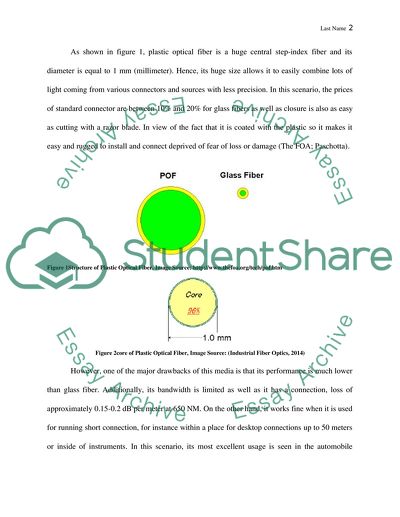Cite this document
(“Developments in Plastic Optical Fiber Technology and its Future Research Paper”, n.d.)
Developments in Plastic Optical Fiber Technology and its Future Research Paper. Retrieved from https://studentshare.org/technology/1841832-optics-research-paper
Developments in Plastic Optical Fiber Technology and its Future Research Paper. Retrieved from https://studentshare.org/technology/1841832-optics-research-paper
(Developments in Plastic Optical Fiber Technology and Its Future Research Paper)
Developments in Plastic Optical Fiber Technology and Its Future Research Paper. https://studentshare.org/technology/1841832-optics-research-paper.
Developments in Plastic Optical Fiber Technology and Its Future Research Paper. https://studentshare.org/technology/1841832-optics-research-paper.
“Developments in Plastic Optical Fiber Technology and Its Future Research Paper”, n.d. https://studentshare.org/technology/1841832-optics-research-paper.


